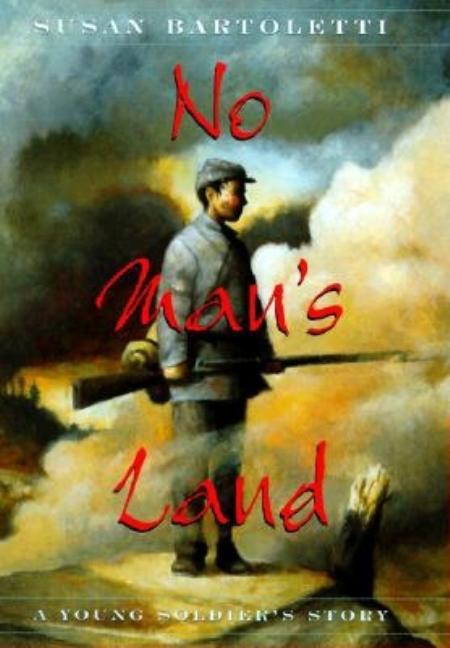Book Description
for No Man's Land by Susan Campbell Bartoletti
From Cooperative Children's Book Center (CCBC)
Fourteen-year-old Thrasher Magee has never felt that he was man enough in his father’s eyes. Too frightened to help when an alligator attacks Pap, his feelings inadequacy are reinforced. Feeling he can no longer sit at his family’s table, and looking for a way to prove—at least to himself—that he can be strong and brave, Thrasher lies about his age and joins Georgia’s Okefinokee Rifle Company, to fight with the Rebel Army in the Civil War. To Thrasher and many of the others with whom he has enlisted, the politics of slavery mean nothing—they are all too poor to have ever owned slaves themselves—but they will fight for the right of the South to decide its own future. In the bordeom of camp, through the comradeship of his fellow soldiers, and on the horrific haze of the battlefield, Thrasher discovers that to be a man has more to do with understanding and compassion that it does with bravery, and that courage itself takes many different forms. An author’s note and bibliography provide historical background on real events and occurrences on which the author based her fictional characters. (Ages 10-13)
CCBC Choices 2000. © Cooperative Children's Book Center, Univ. of Wisconsin - Madison, 2000. Used with permission.


